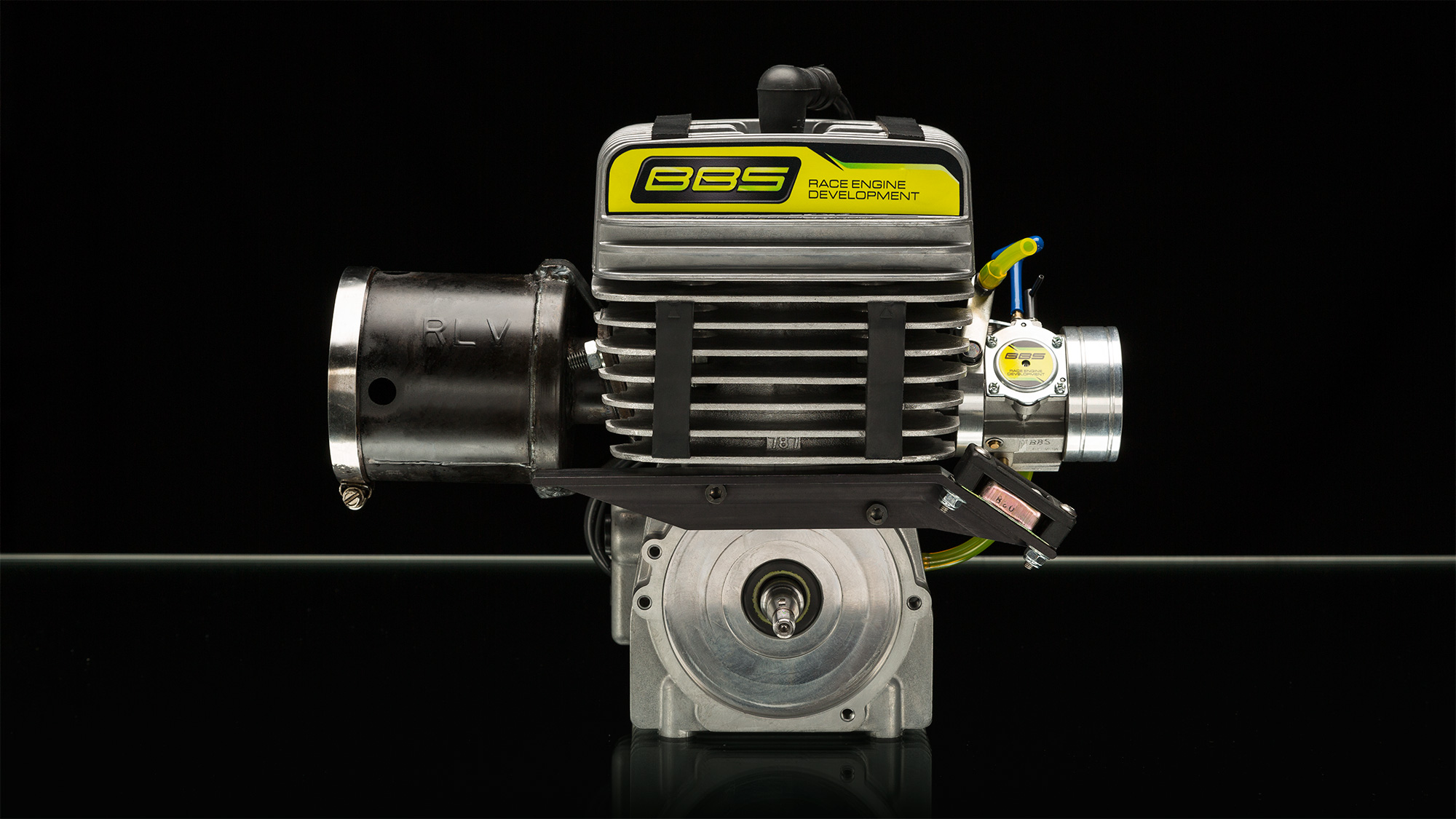(Lot of 6) YAMAHA KT100 ENGINES some with clutches, some with mounts VINTAGE KART RACING (sold as IS). Condition are Used. PRICE IS FOR (6) ENGINES No return no refund, no warranty Every you see on pictures are included, i believe i have more extra parts clutches, carbs.if I found I Will drop on your box Shipping not included I have Nany more Engines for sale like HPV Iame,OR KPV IAME. Manuals and User Guides for Yamaha KT100SEC. We have 1 Yamaha KT100SEC manual available for free PDF download: Owner's Service Manual Yamaha KT100SEC Owner's Service Manual (61 pages).

Page 1 RACING KART OWNER’ S SERVICE MANUAL 7YP-28199-SE.; Page 2 It is not possible to put an entire mechanic's education into one manual, so it is assumed that persons using this book to perform maintenance and repairs on Yamaha racing kart have a basic understanding of the mechanical concepts and procedures inherent in racing kart repair technology.
BREAK-IN
The engine should be broken in with starting with 1-second bursts of full throttle followed by about 5 seconds of cool down throttle blipping. Gradually increase the length of the full throttle bursts until full throttle is applied for the whole longest straight after about 15 minutes of run time. The 15-minute break-in should be broken into three 5-minute sessions.
CARB SETTINGS
For racing the carb should be set to about 2-1/2 turns on the low speed needle and about 1/8 turn on the high-speed needle. Adjust the low-speed needle to set richer or leaner. The low pop off pressure may require that the engine is started with 1-1/2 turns on the low speed needle and then open up to 2-1/2 turns when underway. These settings are guidelines and will vary with weather and track conditions. In summary the strategy is to flow as much of the fuel through the low speed circuit and richen the high speed needle if the low speed circuit cannot make the engine rich enough.
For more information see Racing Diaphragm Carb Operation.
TCI UNIT
The TCI (Transistor Controlled Ignition) module controls the ignition system and is mounted external to the engine. It can be mounted to the chain guard or remote from the engine. The remote mount is preferred because then the TCI module is isolated from engine vibration and heat. If it is mounted remotely be sure to connect the ground lead from the engine to the body of the TCI module. The small lead that comes from inside the TCI module connects to the double female connector attached to the engine.
SPARKPLUG
The , or gapped at .028” - .030” is an excellent plug for a pipe and clutch engine.
RACE OIL
castor oil mixed @ 8 oz per gallon of fuel gives excellent lubrication, low deposit formation, and eliminates ring sticking. Other quality oils are Redline Kart racing oil and Amsoil Dominator oil. A name brand 93 octane super unleaded fuel runs well in these engines. Race fuel is recommended and is more consistent and will pass tech.
CLEAN CARBON
The engine is set with combustion chamber volume at ~11.30cc. The legal limit is 11.00cc. Just .002” of carbon buildup on the piston top is 0.1cc. Be sure to remove the head and clean any deposits from the combustion chamber and piston top before any race after which the head cc’s will be tech’ed.
When you remove the head from your KT100, you can maintain its performance by torqueing it in the same sequence used to torque plate hone it. Looking at the head from the top with the exhaust facing you, number the studs 1 thru 6 in a clockwise direction starting with the one on the pto side of the engine. The torqueing sequence is 142536 in a couple of stages to 145 in-lbs.
Kt100 Yamaha Engine
CLUTCH
Set clutch engagement/lock up at 9,500 – 10,700 rpm. In general peak rpm will be about 15,200 for sprint and 13,500 for road race. These are just guidelines. Set the gear ratio to that which gives the best lap times with the pipe you are using.
HEAD TORQUE
Yamaha Kt100 Manual
When you remove the head from your KT100, you can maintain its performance by re-torquing it in the same sequence used to torque plate hone it. Looking at the head from the top with the exhaust facing you, number the studs 1 thru 6 in a counter clockwise direction starting with the one on the PTO side. The torquing sequence is 142536 in a couple of stages to 145 in-lbs.
Yamaha Kt100 Manual
SRS Engines | 903-769-4140